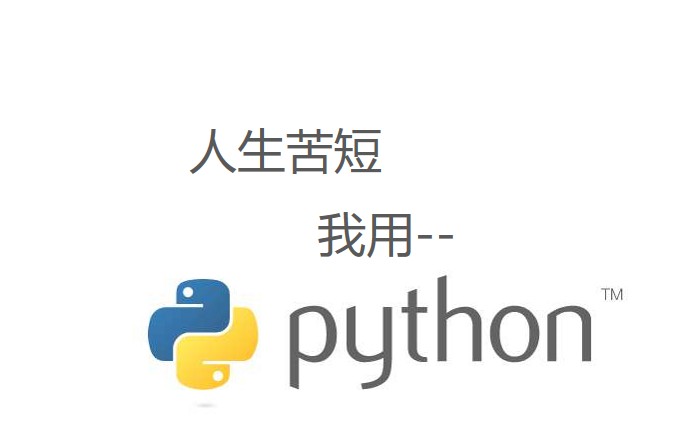python文件操作步骤
#第一步:调用文件
f=open(r'D:\untitled\venv\Include\blacklist.txt', 'r', encoding='gbk')
#第二部:使用文件
print(f.readlines())
#第三部:关闭文件
f.close()
#python中内置函数with可以自动关闭文件:
with open(r'D:\untitled\venv\Include\blacklist.txt', 'r', encoding='utf-8')as f:
print(f.readlines())
三种调用文件的路径的写法
open(r'D:\untitled\venv\Include\blacklist.txt') #r --read 只读,代表' '内的字符串没有其他含义不进行转义
open('D:\\untitled\\venv\\Include\\blacklist.txt')
open('D:/untitled/venv/Include/blacklist.txt')读
read读取全部内容
with open(r'D:\untitled\venv\Include\blacklist.txt', 'r', encoding='gbk')as f:
print(f.read())
...运行结果
艾妮
你好
hello
worldreadline按行读取
with open(r'D:\untitled\venv\Include\blacklist.txt', 'r', encoding='gbk')as f:
print(f.readline(2))
...运行结果
艾妮readlines把内容以列表形式展现
with open(r'D:\untitled\venv\Include\blacklist.txt', 'r', encoding='gbk')as f:
print(f.readlines())
...运行结果
['艾妮\n', '你好\n', 'hello\n', 'world\n']